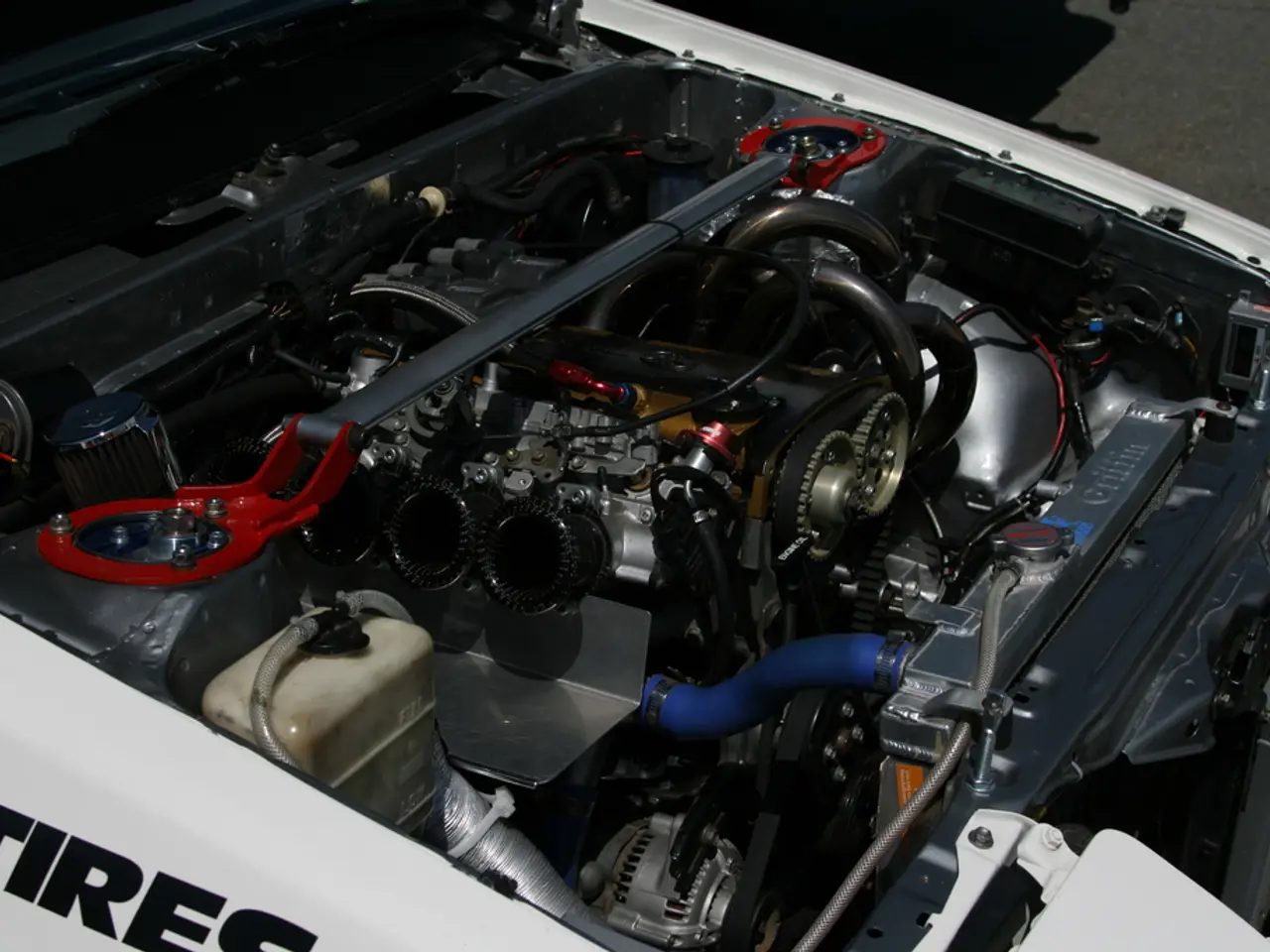Fast charging sodium batteries achieved through co-intercalation process
In a groundbreaking study published in the prestigious journal Nature Materials, an international research team led by Professor Philipp Adelhelm has made a significant advancement in the field of sodium-based energy storage technology. Over the course of three years, the team conducted detailed investigations, including volume change measurements, structural analyses, and electrochemical property investigations, to understand the co-intercalation process in cathode materials.
Co-intercalation, a process that enables fast-charging sodium batteries, was once considered risky due to its departure from classical battery knowledge. However, the study demonstrates that in specific cathode materials, co-intercalation can be controlled to be reversible and stable, enhancing both battery lifespan and rapid charging capabilities.
Co-intercalation involves both sodium ions and electrolyte solvent molecules entering the cathode simultaneously. Traditionally, this was thought to cause excessive swelling and structural instability, limiting battery longevity. However, the research reveals that certain cathode materials can accommodate co-intercalation in a way that is reversible and volume changes remain manageable, enabling fast ion transport pathways and reducing internal resistance.
This new understanding helps design cathode materials where the solvent molecules act as "lubricants" or stabilizers for sodium ion transport, which expedites charging and discharging rates. The co-intercalation mechanisms in cathodes differ from those in graphite anodes, providing a novel approach to improve rate performance and cycling stability in sodium-ion batteries.
The findings of the study, led by Dr. Yanan Sun, also identified important parameters that help predict co-intercalation reactions in the future. While co-intercalation reactions in graphite anodes typically result in low-capacity electrodes, the loss of capacity caused by co-intercalation in the investigated cathode materials is very low.
The true beauty of co-intercalation reactions lies in their ability to offer a vast chemical landscape for designing novel layered materials for diverse applications. The opportunities provided by the joint research group on operando battery analysis financed by Helmholtz-Zentrum Berlin and Humboldt-University were crucial for the research. The recently announced Berlin Battery Lab between HZB, HU and BAM will provide even more opportunities for joint research projects in Berlin.
In essence, co-intercalation directly addresses the challenge of slow sodium ion mobility and volume instability in sodium battery cathodes by leveraging reversible entry of ions and solvent molecules, unlocking fast charging with stable cycling behavior. The co-intercalation process in cathode materials differs significantly from what happens in graphite anodes, offering a promising new direction for battery research.
Read also:
- California links 100,000 home storage batteries through its Virtual Power Plant program.
- Tech Conflict Continues: Episode AI - Rebuttal to the Tech Backlash
- Container Tracking and Sustainable Shipping: Cutting Carbon Emissions!
- Uncertainty Surrounds the Transition to Clean Energy: Public Ponders Implications and their Role in the Change








